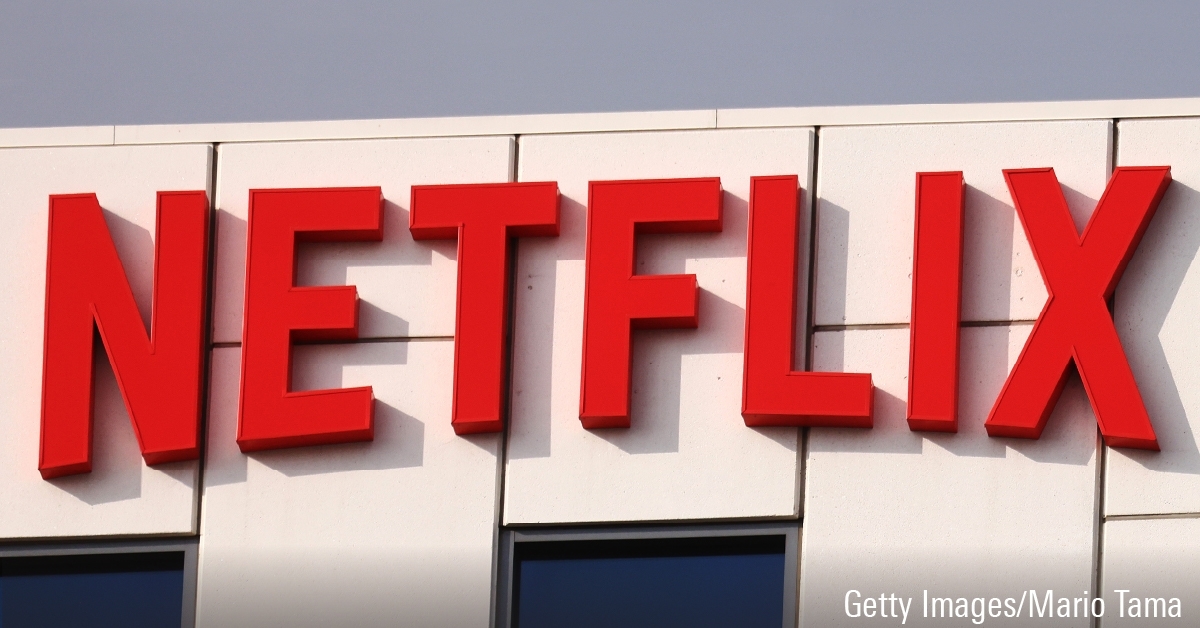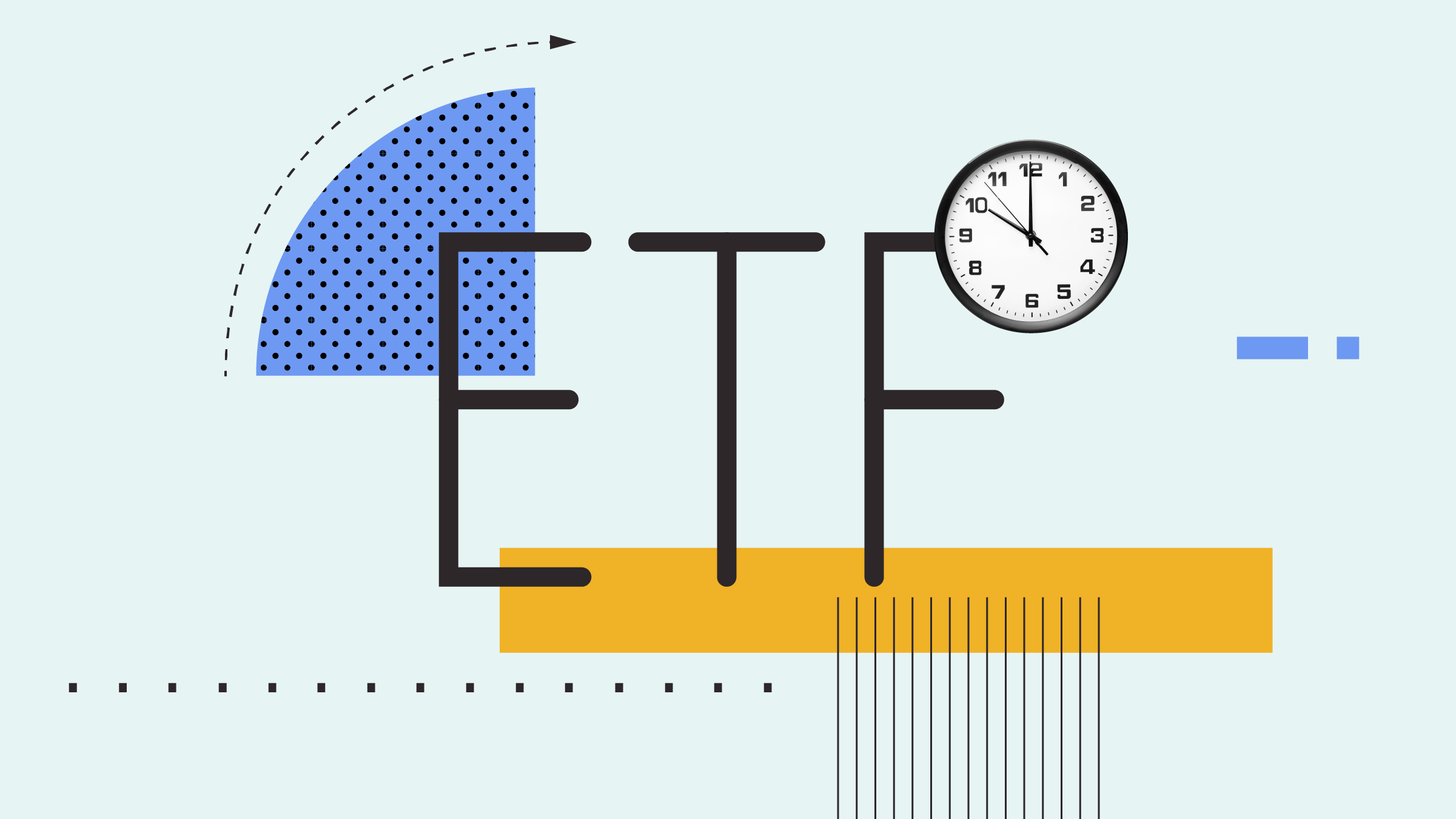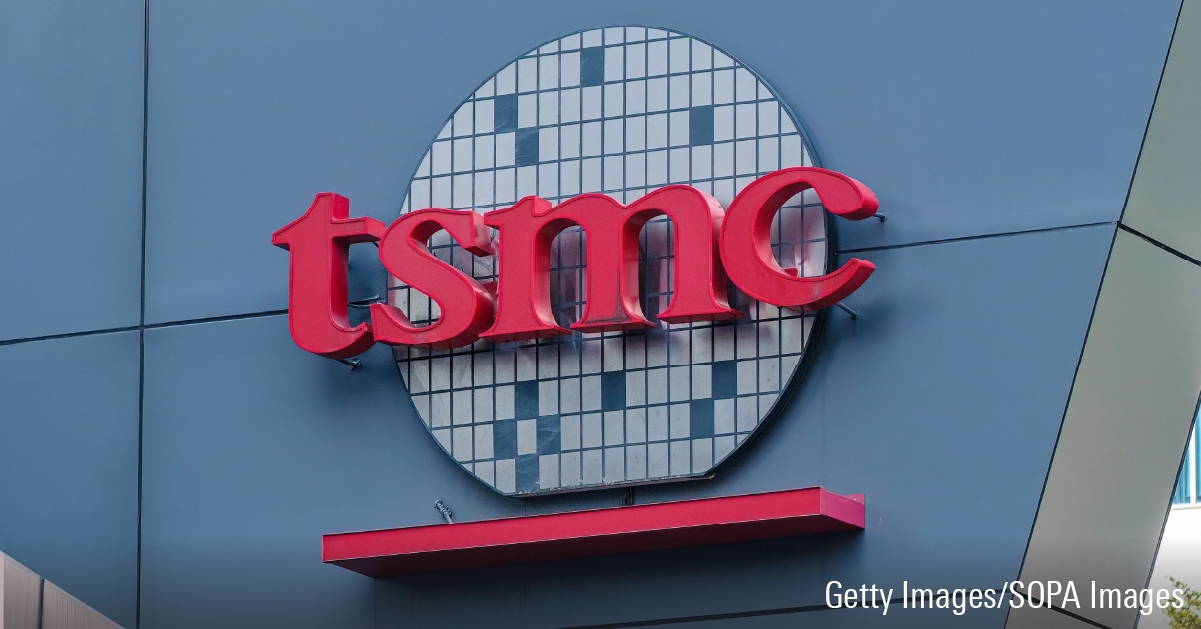After years of moving lower or sideways, oil prices are going through the roof this year. The U.S. plans for re-imposing sanctions on Iran, which accounts for 4% of global oil supply, have pushed oil prices even higher in an already tightening market.
While the highest gas prices in more than three years means consumers are paying significantly more at the pump, it's good news for the energy industry that has long been languishing in an ultra-low oil environment.
The International Energy Agency expects oil demand (IEA) to see robust growth until 2023, spurred by consumption in the United States, China and India. The resultant growth in supply will greatly benefit Canada, along with Brazil, Norway and the United States, according to the IEA.
The cheery outlook is clearly reflected in the more than 7% gains year-to-date for both the S&P 500 Energy Index and its Canadian counterpart, the S&P/TSX Capped Energy Index, as of May 15. The following Canadian energy producers, with strong fundamentals and cash flows that saw them through rough times, are now poised for growth as oil prices continue to slog upwards, global economy hums, output ramps up, and the energy industry returns to profitability.
At their current valuations, and relative to their upside potential, they represent attractive long-term opportunities with compelling entry points.
| TransCanada Corp. | ||
| Ticker: | TRP | |
| Current yield: | 4.65% | |
| Forward P/E: | 16.6 | |
| Price: | $55.14 | |
| Fair value: | $71 | |
| Value: | 22.3% discount | |
| Data as of May 18, 2018 | ||
A leading Canadian energy infrastructure company, ![]() TransCanada (TRP) operates businesses comprising pipeline and power generation assets across North America. The firm's pipeline network consists of more than 67,000 kilometres of natural gas pipeline, along with the Keystone Pipeline system. TransCanada also owns or has interests in 20 power-generation facilities.
TransCanada (TRP) operates businesses comprising pipeline and power generation assets across North America. The firm's pipeline network consists of more than 67,000 kilometres of natural gas pipeline, along with the Keystone Pipeline system. TransCanada also owns or has interests in 20 power-generation facilities.
Boosted by a spike in the U.S. demand for Canadian heavy oil, TransCanada recently reported first-quarter earnings of $341 million, a 50% jump, from its oil pipelines, of which Keystone is the biggest contributor.
"TransCanada boasts $32 billion in commercially secured capital projects in its growth portfolio, highlighted by the Keystone XL pipeline expansion," says a Morningstar equity report.
The stock's recent underperformance was due to negative investor sentiment based on short-lived factors. "The market places too much emphasis on less important outside factors -- such as the widening of the heavy oil discount, the tax regulations and rising interest rates -- and overlooks the positive impact that the growth portfolio will have on future cash flows and the balance sheet," says Morningstar equity analyst Joe Gemino, who puts the stock's fair value at $71, noting that "the time is right for long-term investors to capitalize on the stock's considerable upside while collecting a steady stream of growing income."
With plans for the Keystone XL to solely serve the U.S. Gulf Coast, the project has contracts for 93% of its targeted capacity. "The legacy Keystone pipeline will serve the U.S. Midwest, providing a more attractive market with higher netbacks for producers' spot production," says Gemino, who expects the energy major to meet its targeted 8% to10% annual dividend growth over the next three years, driven by a healthy pipeline of growth opportunities.
| Enbridge Inc. | ||
| Ticker: | ENB | |
| Current yield: | 6.18% | |
| Forward P/E: | 16.0 | |
| Price: | $41.45 | |
| Fair value: | $64 | |
| Value: | 35.2% discount | |
| Data as of May 18, 2018 | ||
Canadian energy behemoth ![]() Enbridge (ENB) has production, distribution and transportation operations in Canada and the United States. Its pipeline network includes the Canadian Mainline system, regional oil sands pipelines and natural gas pipelines. The company also owns and operates a regulated natural gas utility and Canada's largest natural gas distribution company. Additionally, Enbridge generates renewable and alternative energy.
Enbridge (ENB) has production, distribution and transportation operations in Canada and the United States. Its pipeline network includes the Canadian Mainline system, regional oil sands pipelines and natural gas pipelines. The company also owns and operates a regulated natural gas utility and Canada's largest natural gas distribution company. Additionally, Enbridge generates renewable and alternative energy.
"Enbridge is positioned to benefit from growing oil sands supply dynamics with its Mainline system and regional oil sands pipelines," says a Morningstar equity report. The regulated Mainline system, it adds, generates "attractive tolls and represents approximately 70% of Canada's pipeline takeaway capacity."
The firm's crude oil pipeline network is supplemented by natural gas pipelines and processing assets that benefit from long-term contracts. "In addition to the crude oil pipelines, Enbridge's current natural gas assets possess attractive economics with stable cash flows that help the company generate excess returns," says Gemino, who considers the energy leader "a rare triple treat, boasting a wide moat, an attractive dividend yield and a cheap valuation."
The energy titan has been aggressively hacking away at its debt that resulted from its acquisition of Spectra Energy Corp. in 2016. To that end, the company has been selling non-core assets and has so far this year already generated more than its annual target of $3 billion. The energy giant is also bouncing back from a selloff in April that caused the stock's steepest fall in five years.
Enbridge's impressive first-quarter results saw adjusted earnings of almost $1.4 billion compared to $675 million in the first quarter of 2017. "Better-than-expected results were driven by record volumes and increased tolls on the Mainline system; new projects placed into service; a colder winter than last year; and the acquired Spectra assets," says Gemino, who appraises the sock's fair value to be $64.
| Cenovus Energy Inc. | ||
| Ticker: | CVE | |
| Current yield: | 1.41% | |
| Forward P/E: | 56.8 | |
| Price: | $14.21 | |
| Fair value: | $21 | |
| Value: | 32.3% discount | |
| Data as of May 18, 2018 | ||
Canadian oil major ![]() Cenovus Energy (CVE) is an integrated oil company primarily focused on oil sands development. Conventional crude oil, natural gas liquids and natural gas production, coupled with refining operations, supplement the company's core operations.
Cenovus Energy (CVE) is an integrated oil company primarily focused on oil sands development. Conventional crude oil, natural gas liquids and natural gas production, coupled with refining operations, supplement the company's core operations.
Oil sands projects entail high capital requirement and production costs, but Cenovus has found a frugal alternative in the solvent-aided process, or SAP, which could be the lowest-cost oil sands production in the industry. While its implementation may be a few years away, the technology is expected to "drive meaningful value in the long term while improving the company's balance sheet," says a Morningstar equity report.
The oil and gas giant was forced to reduce production in the first quarter of 2018 due to pipeline bottlenecks from Canada to U.S. However, the company is now tapping the second-best option for transporting oil across the border, shipments through railways.
The transportation issue widened the difference in prices between the Canadian crude and West Texas Intermediate, known as the heavy oil discount, and hit Cenovus's first quarter revenue. The firm's decision to utilize rail could correct the course. "We expect the heavy oil discount to narrow as producers take advantage of rail options and pipeline expansion projects are placed into service," says Gemino, asserting Cenovus remains his top pick in the energy sector.
In addition to scaling production with improved transportation conditions, the company is also pushing to reduce debt by selling non-core assets.
The stock is trading at a significant discount to Gemino's $21 fair value estimate, implying there's "tremendous upside in the stock [because] the market is too narrowly focused on the company's temporary increase in short-term leverage and is overlooking the immense growth potential in its oil sands reserves."

















